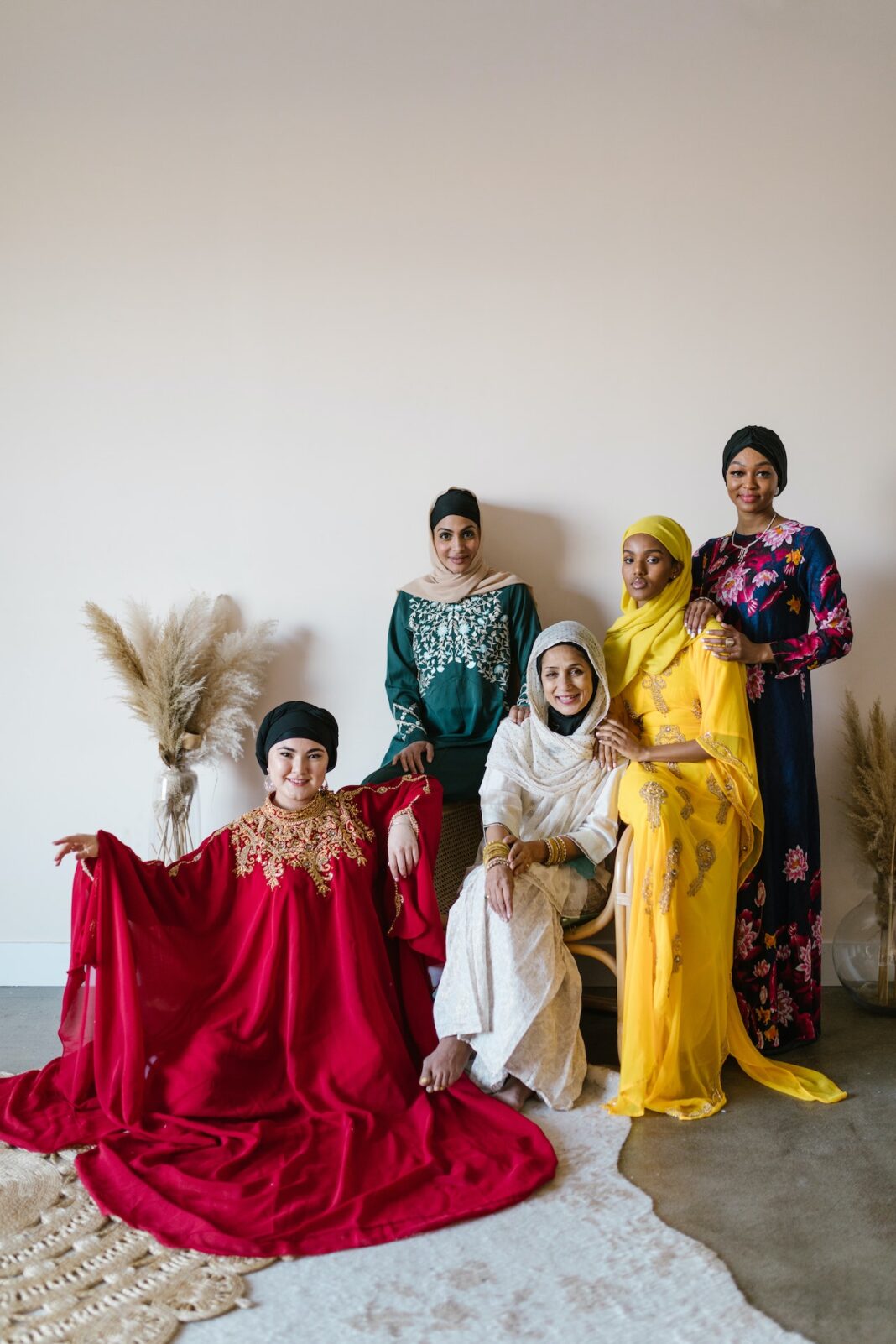Dive deep into Islam’s rich diversity, exploring its fascinating historical, cultural, and spiritual facets that make it a mesmerizing tapestry of faith.
Table of Contents
- Introduction: A Glimpse into Islam’s Rich Diversity
- The Vast Geographical Spread
- The Multitude of Islamic Sects
- Islamic Art and Architecture
- The Diversity in Islamic Rituals
- The Role of Women in Different Islamic Societies
- The Rich Tapestry of Islamic Literature
- The Contributions of Islamic Scholars
- Islam and Environmental Stewardship
- Celebrations and Festivals: A Reflection of Diversity
- Conclusion: Embracing the Diversity of Islam

1. Introduction: A Glimpse into Islam’s Rich Diversity
Islam, the second-largest religion in the world, is not a monolithic entity. Like any major faith, it has evolved and adapted, reflecting a wide array of cultures, traditions, and interpretations. This article endeavors to shed light on Islam’s rich diversity, showcasing the multifaceted nature of this global religion.
2. The Vast Geographical Spread
From the deserts of Arabia to the snowy peaks of Central Asia, from African savannahs to European cities, Islam’s presence can be felt everywhere. This geographical spread has given rise to unique local practices, languages, and customs, all under the umbrella of Islam. For a deep dive into these regional variations, visit muslim-news.com’s comprehensive section on Islamic regions.
3. The Multitude of Islamic Sects
Sunnis, Shias, Sufis, Ahmadiyyas, and many more – the list of Islamic sects is vast. Each has its own interpretation of scriptures, traditions, and religious practices, contributing to Islam’s rich diversity. This in-depth article from muslim-news.com provides a broader perspective on the many sects of Islam.
4. Islamic Art and Architecture
Islamic art, with its intricate patterns, calligraphy, and geometric designs, is a testament to the religion’s appreciation for beauty and precision. From the grandeur of the Alhambra in Spain to the sublime beauty of the Taj Mahal in India, Islamic architecture too speaks of diversity, blending local styles with Islamic motifs.
5. The Diversity in Islamic Rituals
Though there are five pillars of Islam that every Muslim is expected to follow, the ways they are practiced can vary. The call to prayer might sound different in Turkey compared to Indonesia, and fasting during Ramadan can entail different culinary traditions across countries.

6. The Role of Women in Different Islamic Societies
The position of women in Islamic societies varies dramatically. In some regions, women have been presidents and prime ministers, while in others, they fight for basic rights. To understand more about the status and roles of women in Islam, read this insightful piece on muslim-news.com.
7. The Rich Tapestry of Islamic Literature
From the philosophical works of Al-Farabi and Avicenna to the poetic verses of Rumi and Hafez, Islamic literature spans genres and eras, reflecting the intellectual depth and cultural diversity of Muslim societies.
8. Celebrations and Festivals: A Reflection of Diversity
Eid, Ramadan, and Hajj are universally celebrated. However, Mawlid (Prophet Muhammad’s birthday) or the Ashura observance can be remarkably diverse, reflecting local histories, cultures, and traditions.
9. The Contributions of Islamic Scholars
Over the ages, Muslim scholars have made significant contributions in fields like medicine, astronomy, mathematics, and philosophy. The Golden Age of Islam, spanning the 8th to the 13th century, was a period of intense intellectual activity that benefitted not just the Islamic world but humanity at large.
10. Islam and Environmental Stewardship
Drawing from the Quranic principle of being “stewards of the Earth,” various Muslim communities have developed eco-friendly practices in agriculture, water conservation, and sustainable living, reflecting Islam’s inherent emphasis on caring for the environment.
Conclusion: Embracing the Diversity of Islam
Islam’s rich diversity is a testament to its resilience, flexibility, and universal appeal. It’s essential to embrace and understand this diversity, as it offers a more comprehensive view of a faith that shapes the lives of billions.
External Resources:


